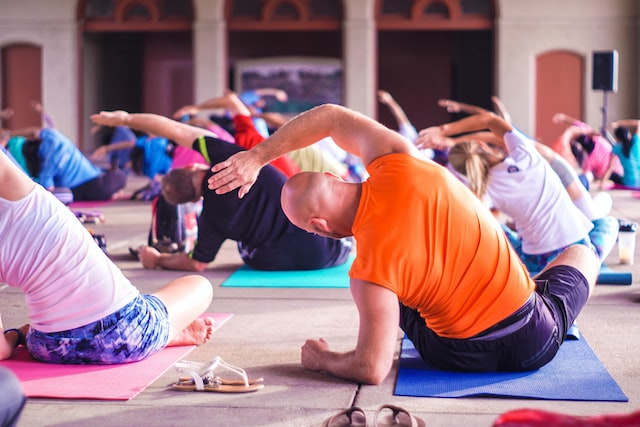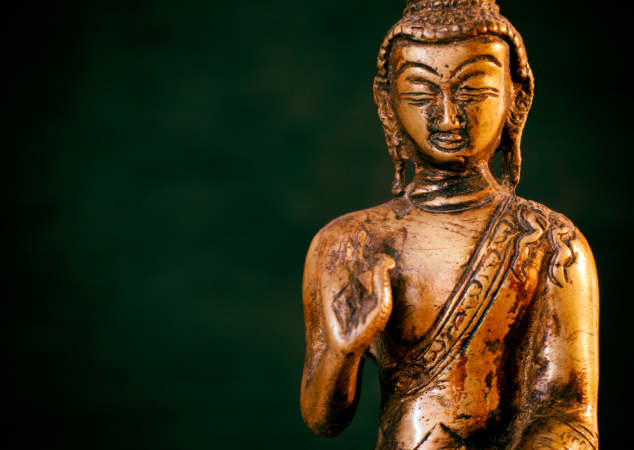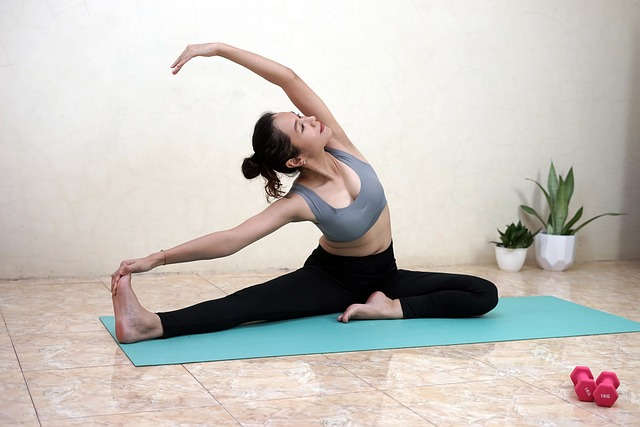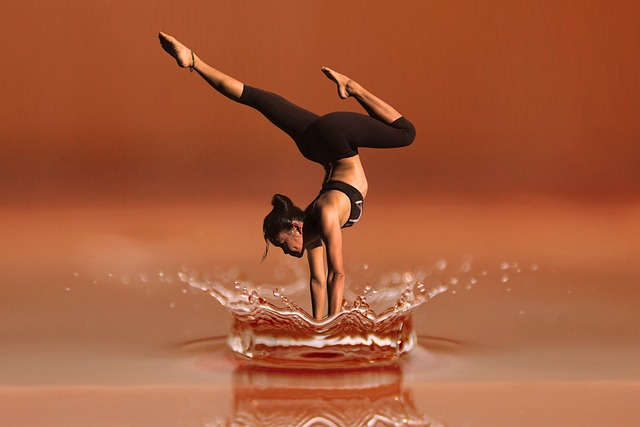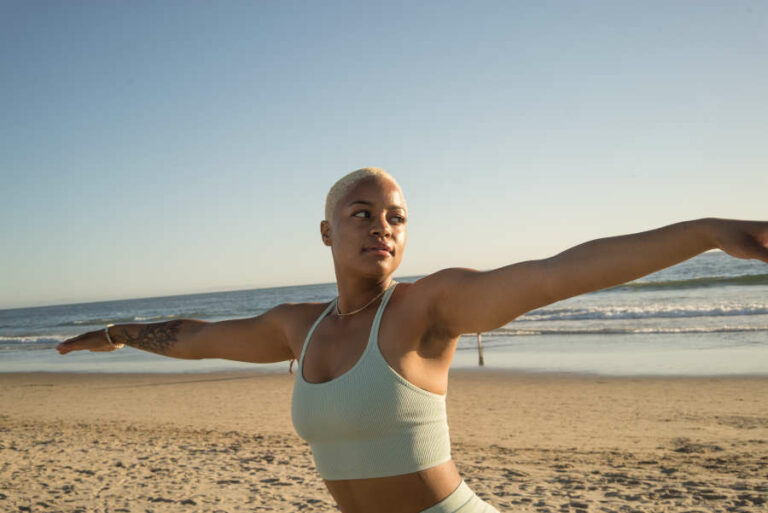A Beginners Guide to Starting Yoga
It’s no secret that yoga has become one of the most popular workout trends in recent years. And it’s no wonder why! Yoga offers a vast array of benefits, including improved flexibility, strength, and posture. Not to mention, it can also help to reduce stress and promote overall well-being. If you’re new to yoga, however, the prospect of starting a practice can be daunting. Where do you begin? What should you wear? And how do you know if you’re doing the poses correctly? If you are thinking of trying out yoga and do not know much about it here is a brief introduction with some tips on getting started.
Note: Before beginning any new exercise routine it’s important to check with your doctor if there are any potential risks based on your health history.
What is yoga and what are the benefits of practicing it regularly
The word “yoga” comes from the Sanskrit root Yuj, which means “to yoke” or “to unite.” Yoga is a practice that allows us to quiet the mind and find inner peace. There are many different types of yoga, but they all share the same goal of bringing harmony to the body, mind, and spirit.
Yoga is more than just a workout; it’s a way of life. The benefits of practicing yoga are truly limitless, but here are a few of the top benefits:
- Stress Relief: We live in a fast-paced world where it’s easy to get caught up in the hustle and bustle of everyday life. Yoga provides an opportunity to slow down, take a deep breath, and clear your mind. regular yoga practice can help to reduce stress levels and promote relaxation.
- Improved Flexibility: Yoga helps to improve flexibility and range of motion. As we age, it’s common for our bodies to become stiffer and less flexible. Regular yoga practice can help to keep the body young and supple.
- increased Strength: Despite its reputation as a gentle practice, yoga can actually be quite challenging, especially if you’re doing more advanced poses. Regular yoga practice can help to build strength and muscle tone.
- Better Balance: As we get older, our balance tends to decrease. This can lead to falls and injuries. Practicing yoga can help to improve balance and coordination.
- Improved breathing: Most people take shallow breaths into their chest instead of deep breaths into their abdomen. This can lead to feelings of anxiety and tension. Yoga helps promote deep abdominal breathing, which can help to relax the mind and body.
How to find the right type of yoga class for you
Yoga is a great way to get fit and relax, but with so many different types of yoga out there, it can be hard to know which one is right for you. Here are a few things to keep in mind when choosing a yoga class:
Everyone is Different: Not all yoga classes are created equal. Some are more strenuous than others, some are more focused on meditation, and some are simply more style. When selecting a class, it’s important to choose one that aligns with your goals and fitness level.
Better for Beginner Styles: If you’re new to yoga, it’s probably best to steer clear of the more advanced classes. Look for classes labeled ” beginner,” “gentle,” or ” slow flow.” These will be less challenging and will give you a chance to learn the basics without feeling overwhelmed.
Private Versus Group Lessons: Another thing to consider is whether you want private or group lessons. Private lessons offer the benefit of being customized to your needs, but they can also be more expensive. Group lessons are typically less expensive, but you may not get the same individualized attention.
In-Person at a Studio: If you want to take yoga classes in person, there are plenty of studios to choose from. But with so many options, it can be tough to know where to start. Once again, it’s important to consider your goals and fitness level when making your decision.
At-Home Yoga with Streaming Classes: If you prefer the convenience of working out at home, there are plenty of streaming yoga classes available online. These can be a great option if you’re short on time or money. However, they may not offer the same level of instruction as a studio class.
No matter what type of yoga class you choose, the important thing is that you find one that works for you.
The importance of choosing the right yoga mat and other gear for a beginner
Choosing the right yoga mat and other gear is important for a beginner. Not all yoga mats are created equal. Cushion and support are important for a mat. The yoga mat needs to be durable. Choosing blocks and straps. Yoga attire and dress, what to wear. All of these things are important when choosing the right yoga gear for a beginner. So, let’s take a closer look at each of these points.
Not all yoga mats are created equal. There are many different types of yoga mats on the market, from thin mats to thick mats, from natural materials to synthetic materials. It can be tricky to know which type of mat is right for you. Here are a few things to consider when choosing a yoga mat:
- If you have joint pain or sensitive knees, look for a thicker mat that will offer more cushioning.
- If you prefer a more “barefoot” feeling when practicing yoga, look for a thinner mat that won’t get in the way of your movement.
- If you sweat a lot during practice, look for a mat with a good grip to prevent slipping.
- If you have allergies or prefer not to use products made from synthetic materials, look for a natural fiber mat (such as cotton or jute).
Cushion and support are important for a mat, but so is durability. You want a mat that will withstand repeated use and washings without falling apart or losing its shape. To find a durable yoga mat, look for one made from thicker PVC or TPE (thermoplastic elastomer). These mats tend to be slightly more expensive than their thinner counterparts, but they’re worth the investment if you plan on using your yoga mat regularly.
Yoga blocks and straps can also be helpful for beginners (and experienced yogis!) who want to improve their practice. Blocks can be used to support the body in poses where flexibility is lacking, and straps can be used to help deepen stretches or assist in achieving challenging arm balances. When choosing blocks and straps, look for ones made from firm yet lightweight materials such as cork or foam. Avoid blocks and straps made from hard plastic or metal, as they can be difficult to grip and may cause injury if they slip during use.
As far as yoga attire goes, there’s no need to invest in expensive exercise clothes – any comfortable clothing that you can move freely in will work just fine. However, avoid wearing loose-fitting clothing such as baggy shorts or flowing skirts, as this can get in the way during practice. Also, beware of items with buttons or zippers that could dig into your skin during certain poses. Stick to form-fitting leggings or shorts made from stretchy fabric, and choose tops that won’t slide down when you raise your arms overhead. And finally…
Don’t forget about socks! While it’s not necessary to wear socks during every yoga practice, they can be helpful (especially for beginners) in preventing slipping on your yoga mat – especially if you have sweaty palms or feet. Look for socks with grippy pads on the bottoms, or try using sticky-toe socks designed specifically for yoga practice.
What to expect during your first yoga class
If you’ve never been to a yoga class before, you might be wondering what to expect. First and foremost, don’t worry – yoga is for everyone, no matter your fitness level or flexibility. Just show up in comfortable clothes that you can move in, and bring a water bottle and a small towel. The instructor will start by leading the class through a series of warm-up exercises to get your muscles ready for the workout ahead.
Then, you’ll transition into various yoga poses, holding each one for several deep breaths. In between poses, you’ll have a chance to rest in child’s pose or take a sip of water. The class will end with a few minutes of relaxation in savasana (corpse pose). And that’s it!
After your first yoga class, you’ll probably be feeling more relaxed and centered – and maybe even a little bit sore. But don’t worry, that just means it was a good workout.
Post-yoga etiquette tips
Yoga is a great way to relax and de-stress, but it’s important to remember that not everyone is in the same frame of mind when they’re taking a yoga class. Here are a few etiquette tips to keep in mind the next time you’re hitting the mat:
- Please refrain from talking during class. Everyone is there to focus on their practice, and it can be disruptive (and downright annoying) if you’re chatting away. If you must talk, take it outside the studio.
- Please don’t wear strong perfumes or colognes to yoga class. We all want to enjoy our yoga experience, and that means being able to breathe deeply without being overpowered by someone’s scent.
- Don’t be afraid to ask questions! If you’re new to yoga or are unsure about how to do a certain pose, speak up and ask your instructor for help. They’ll be more than happy to assist you. Do it before or after class though.
- Finally, try to arrive early or on time for class. It can be difficult for both you and the other students if you’re constantly coming in late and disrupting the flow of the class.
By following these simple etiquette tips, you’ll ensure that everyone, including yourself, has a positive and enjoyable yoga experience.
Wrap up
Yoga is a great way to stay healthy and fit, but it’s also much more than that. When you find the right type of yoga class and use the proper gear, you can open yourself up to a wealth of mental and physical benefits. We hope our guide has helped you learn more about what yoga is, how to get started, and what to expect during your first class.

